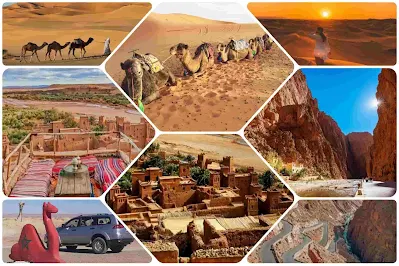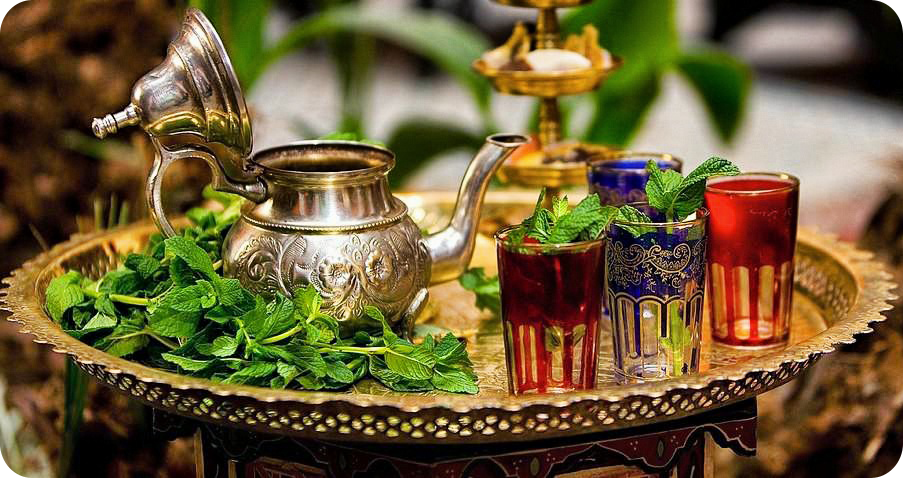Unlocking the Mystique: Your Ultimate Guide to Unforgettable Tourism in Morocco
Welcome to Morocco – a land where vibrant colors, ancient traditions, and diverse landscapes converge to create an unforgettable tapestry of experiences. From the bustling markets of Marrakech to the serene Sahara Desert, Morocco offers a treasure trove of adventures waiting to be discovered. In this comprehensive guide, we'll navigate through the enchanting labyrinth of Moroccan tourism, providing you with insider tips and must-see destinations to ensure your journey is nothing short of extraordinary.
Discovering the Magic of Marrakech:
No visit to Morocco is complete without immersing yourself in the bustling streets of Marrakech. Lose yourself in the maze-like alleys of the medina, where the scent of spices fills the air and vibrant textiles beckon from every corner. Haggle for treasures in the famous souks, marvel at the architectural wonders of the Bahia Palace, and unwind in the tranquil oasis of the Jardin Majorelle. As night falls, experience the spectacle of Djemaa el-Fna, where storytellers, musicians, and street performers come together to create an electrifying atmosphere unlike any other.
Journeying Through Time in Fes:
Step back in time and explore the medieval marvels of Fes, Morocco's cultural and spiritual heart. Wander through the UNESCO-listed medina, where ancient traditions still thrive amidst the labyrinthine streets and centuries-old architecture. Marvel at the intricate mosaics of the Bou Inania Madrasa, lose yourself in the aromatic alleys of the spice souk, and witness the mesmerizing craftsmanship of the tanneries. For a truly immersive experience, don't miss the opportunity to stay in a traditional riad, where Moroccan hospitality awaits around every corner.
Venturing Into the Sahara:
For a taste of adventure, venture into the vast expanse of the Sahara Desert, where towering dunes and endless skies await. Embark on a camel trek into the heart of the desert, where you'll witness breathtaking sunsets and sleep under a blanket of stars in a traditional Berber camp. For the more adventurous traveler, adrenaline-pumping activities such as sandboarding and 4x4 dune bashing offer an exhilarating way to experience the desert landscape.
Exploring the Blue Pearl of Chefchaouen:
Nestled amidst the rugged Rif Mountains, the picturesque town of Chefchaouen beckons with its azure-hued streets and relaxed atmosphere. Explore the winding alleys adorned with brightly painted buildings, discover hidden gems in the bustling markets, and hike to the nearby cascading waterfalls for panoramic views of the surrounding countryside. Whether you're seeking tranquility or adventure, Chefchaouen offers a welcome respite from the hustle and bustle of Morocco's larger cities.
Savoring the Flavors of Moroccan Cuisine:
No visit to Morocco would be complete without indulging in its world-renowned cuisine. From fragrant tagines and couscous to savory pastillas and sweet Moroccan mint tea, every dish is a tantalizing blend of flavors and aromas that reflects the country's rich culinary heritage. Don't miss the opportunity to sample street food delicacies such as spicy merguez sausage and crispy pastries filled with almonds and honey, or embark on a culinary tour to discover the secrets of Moroccan cooking firsthand.
With its rich history, diverse landscapes, and warm hospitality, Morocco offers a truly immersive and unforgettable travel experience. Whether you're exploring ancient medinas, camping under the stars in the Sahara, or savoring the flavors of Moroccan cuisine, each moment spent in this captivating country is sure to leave a lasting impression. So pack your bags, unlock the mystique, and prepare to embark on the adventure of a lifetime in magical Morocco.

























